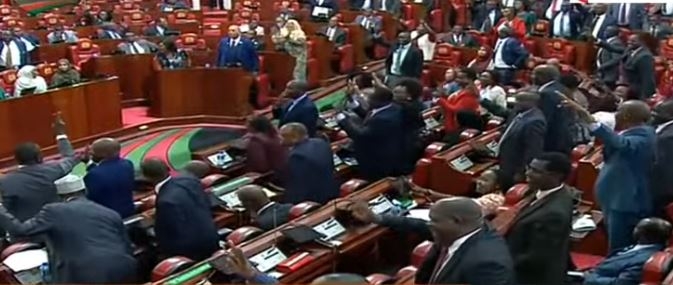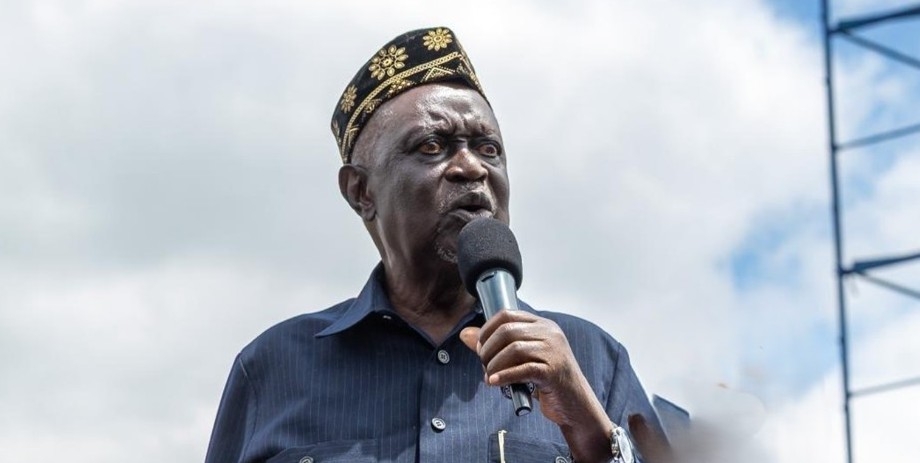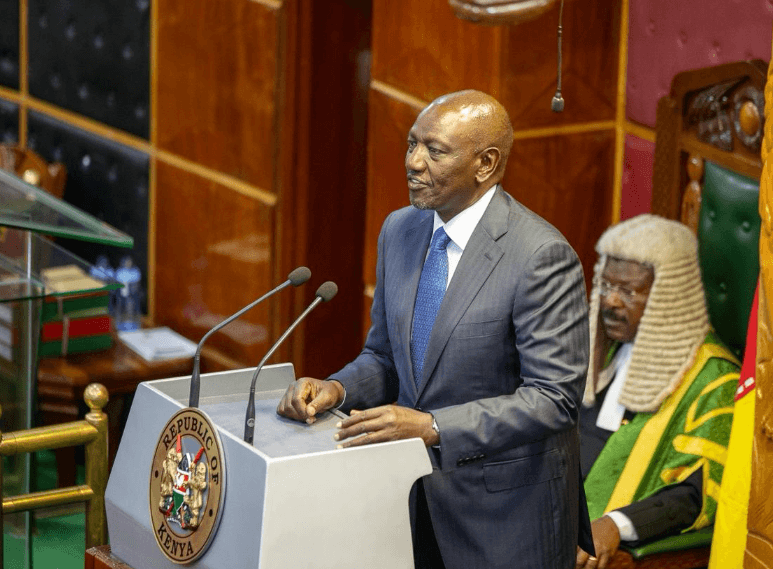The compassionate always see hope where desperation dominates.
Despair is conspicuous when caretakers of vulnerable children are desperate grandparents. There are many such grandparents who are bringing up their grandchildren.
Those grandparents lost their children, who should have been taking care of their grandchildren. The future is bleak, unless people who can see hope give the vulnerable a helping hand.
Such was the situation in the 1990s and during the first decade of the millennium. The HIV-Aids scourge had devastating effects on communities, especially in the Lake Basin.
A couple from the United Kingdom saw hope then, which has evolved into an international charity, WeSeeHope. Husband and wife Phil and Wendy Wall saw hope in 2000. Southern and Eastern Africa were then the epicentres of HIV and Aids. Millions of children were being orphaned. The virus was manufacturing and impoverishing widows.
Those children are now young adults. This generation missed the opportunity for formal education. They, too, are begetting another generation of vulnerable children.
HIV, the virulent virus that causes acquired immune deficiency syndrome, was supposed to have arrived in Kenya from Central Africa, via Uganda. Fish landing beaches were the incubators of the virus.
Young men and women, through ‘joboya’, were falling to HIV-Aids. They are still falling. ‘Joboya’ – men of the fishing boats – are still driving HIV infections. World Aids Day, Friday, December 1, agenda should consider this fact.
'Joboya' exploit the vulnerability of young women who have dropped out of school and been forced into early marriage. Some leave their homes, as widows, to fend for themselves along these beaches.
Fishermen give these girls and women, widowed, married or single, fish for sex. These women collect fish from multiple sources. These women then sell the fish or eat it. Beaches are attractive to vulnerable women, including widows, who beget vulnerable children.
The United Nations Population Fund says 378,400 girls in Kenya between ages 10 and 19 became pregnant between July 2016 and June 2017. Data from the Ministry of Education's District Health Information System, show about 500,000 adolescent girls between ages 10 and 19 dropped out of school due to pregnancies during that period. Most of them are around the beaches.
There were 30,000 girls between ages 10-14, and 500,000 girls aged 15-19 who became pregnant. Most of these girls eventually drop out of school, to work along the beaches, where they are exploited and abused. The union often results in vulnerable children.
The founders of WeSeeHope, Phil and Wendy Wall, saw hope when they visited South Africa in 1997. They met an abandoned baby girl called Zodwa. Attempts to adopt the girl failed, but the experience inspired the couple’s next action, which has since helped more children like Zodwa.
Phil and Wendy invested their personal savings and created an extraordinary fundraising challenge. They gave people £10 (Sh1,930) and encouraged them to turn the seed into £100 (Sh19,308), using their talents, passions and networks. The Ten-Ten challenge raised over £2,000,000 (Sh38.6 million), which is how WeSeeHope was born.
Last year, Phil and Wendy were awarded MBEs in the Queen’s New Year Honours List for their work with vulnerable children in Africa. So far, the compassionate couple has changed the lives of 700,000 children and 130,000 parents and guardians, including grandparents.
The couple sees hope through community-led education, children's rights and economic empowerment of vulnerable communities in rural Kenya, Malawi, Tanzania, Uganda and Zimbabwe. WeSeeHope Africa Director Oswald Malunda is driving the vision of rescuing vulnerable children across the continent.
Locally, WeSeeHope works with the African Network for the Prevention and Protection Against Child Abuse and Neglect, a pan-African child-centred agency under the directorship of Dr Philista Onyango. A former scholar at the University of Nairobi, Dr Onyango is the uncelebrated heroine of the child rights movement in Africa for the last 33 years.
Forty schools in Loitokitok, Kajiado county, and 46 schools in Teso South, Busia county, are among the latest beneficiaries of WeSeeHope. WeSeeHope Kenya county manager Shadrack Muthama is the local vision carrier.
WeSeeHope illustrates the potential of philanthropy to change the world. Its success is a challenge to Kenya’s and Africa’s mean dollar-billionaires.
The success of the charity invites the compassionate to consider the views of an international philanthropy advisor Natalie Cargill: “Sometimes the world’s biggest issues can seem so intractable that meaningful change feels impossible. But what if the answer has been right in front of us all along? What if the answer is actually throwing money at the problem?”
















![[PHOTOS] Betty Bayo laid to rest in Kiambu](/_next/image?url=https%3A%2F%2Fcdn.radioafrica.digital%2Fimage%2F2025%2F11%2F3b166e2e-d964-4503-8096-6b954dee1bd0.jpg&w=3840&q=100)
